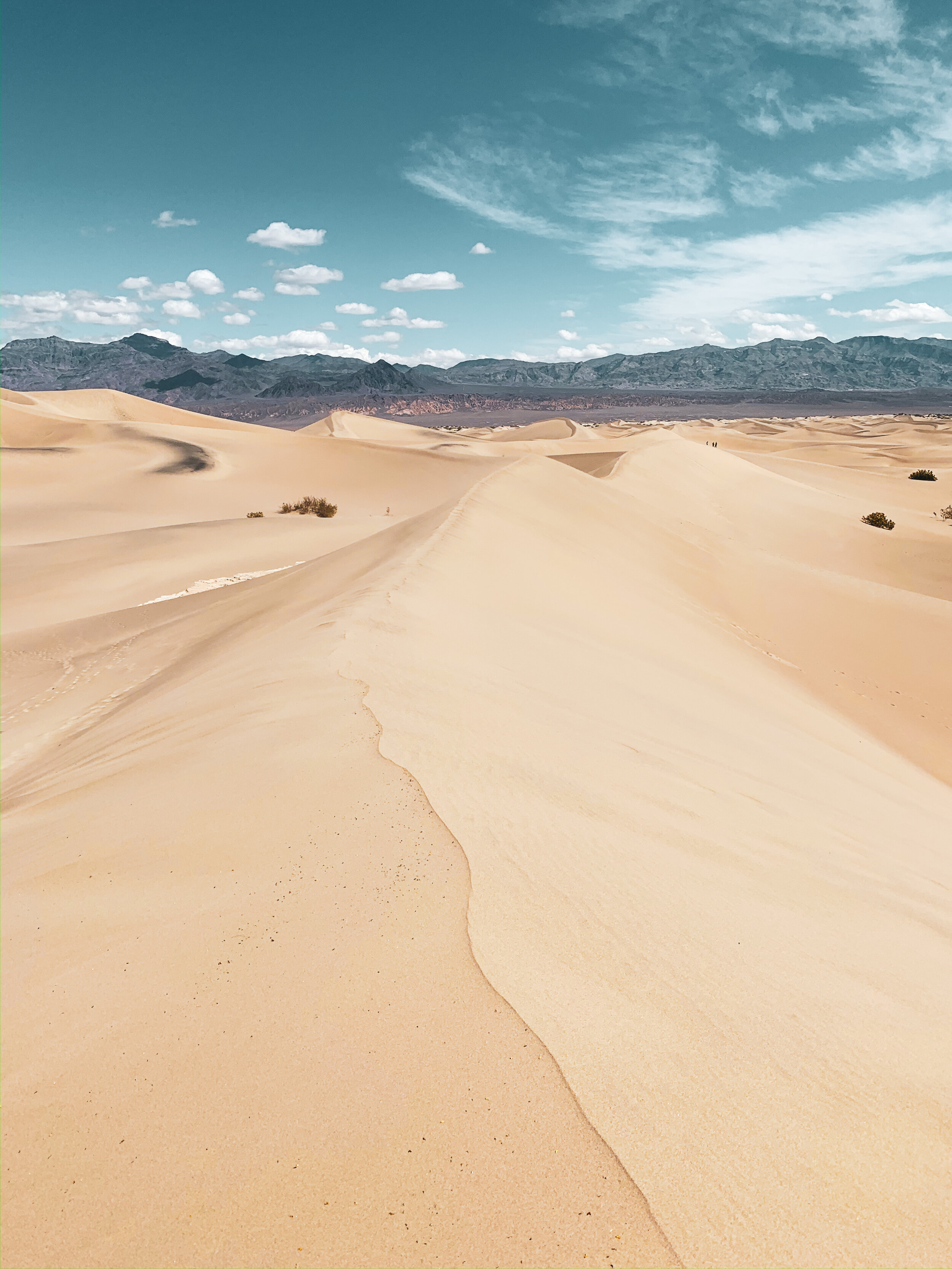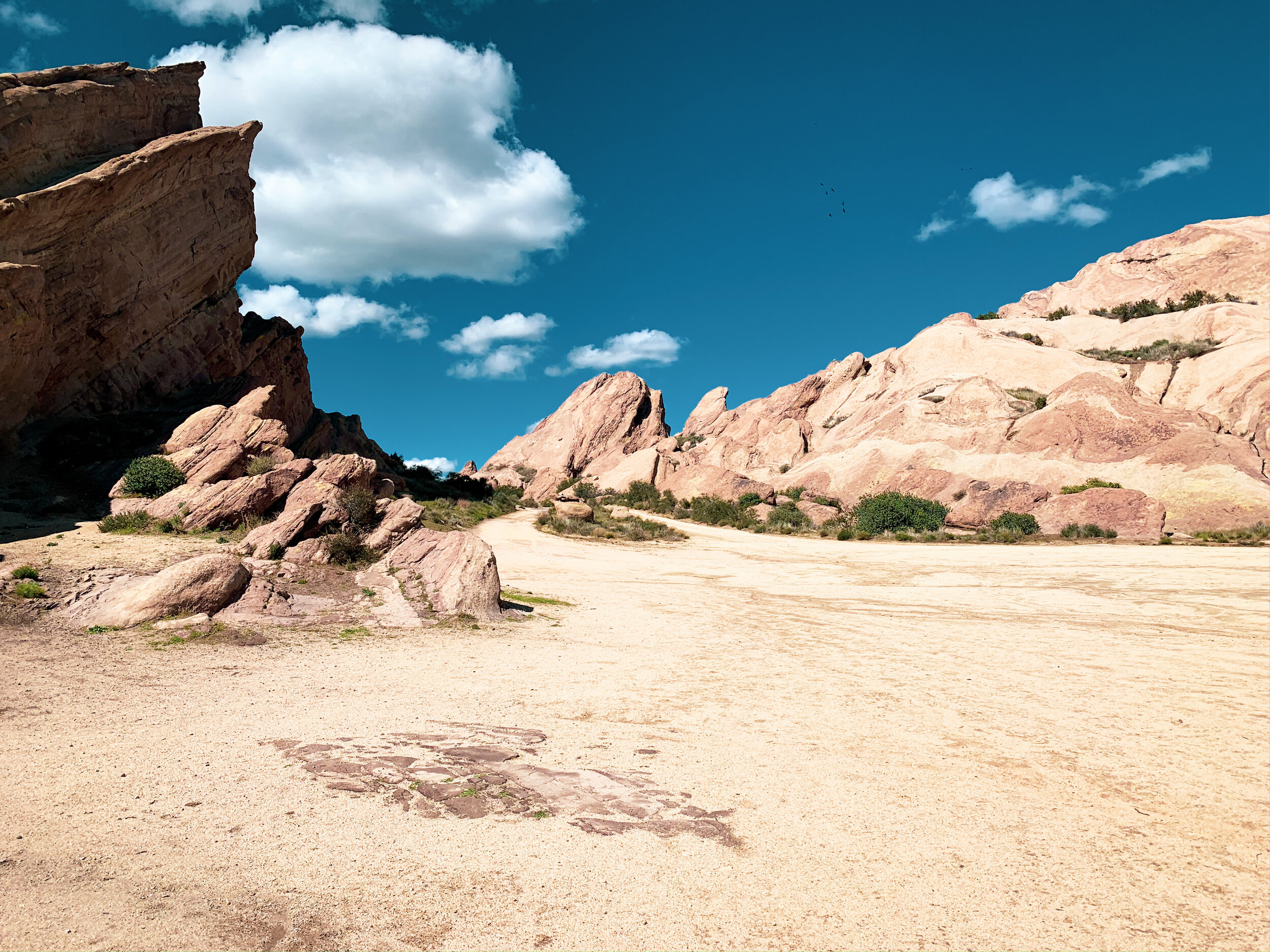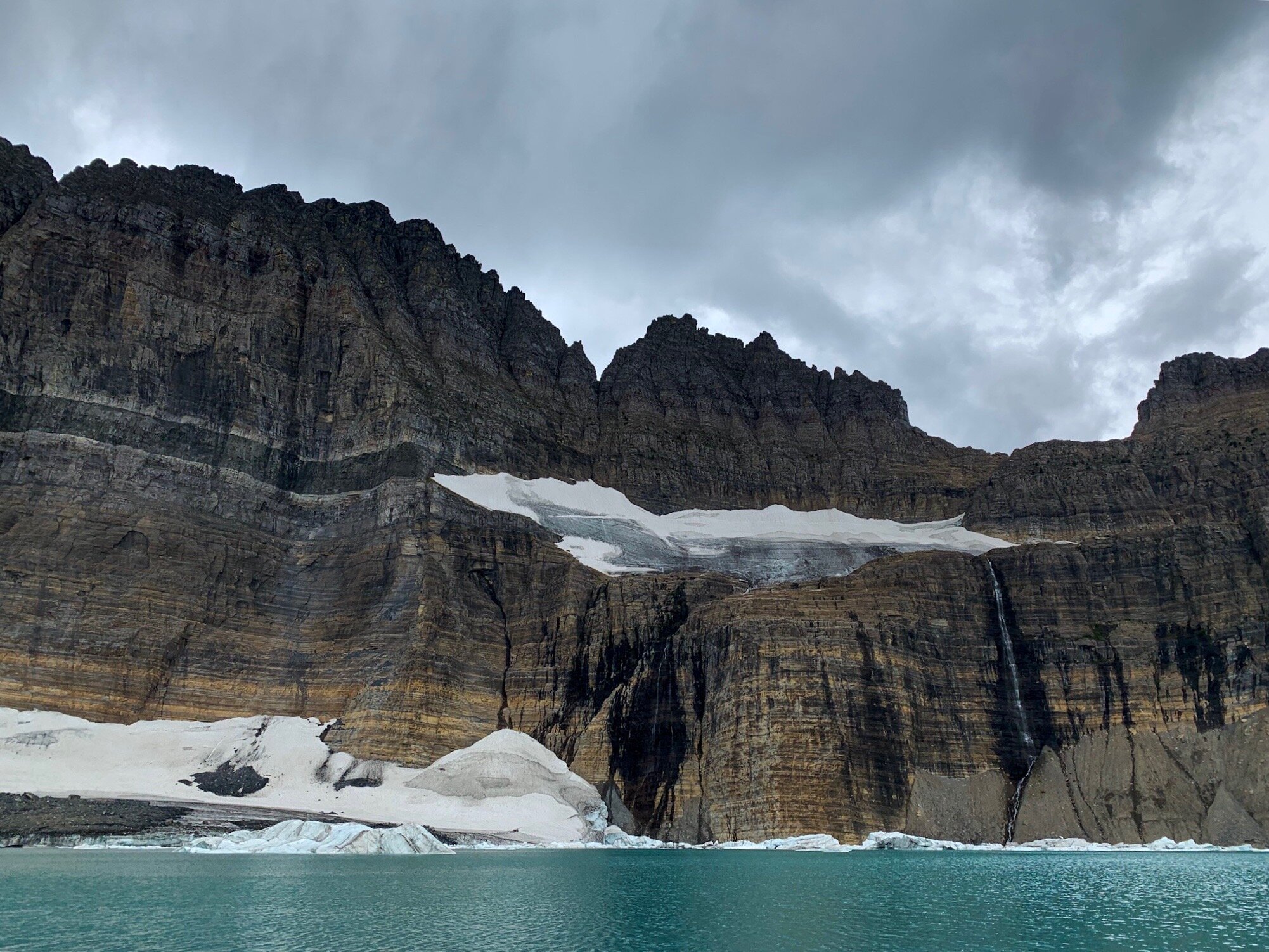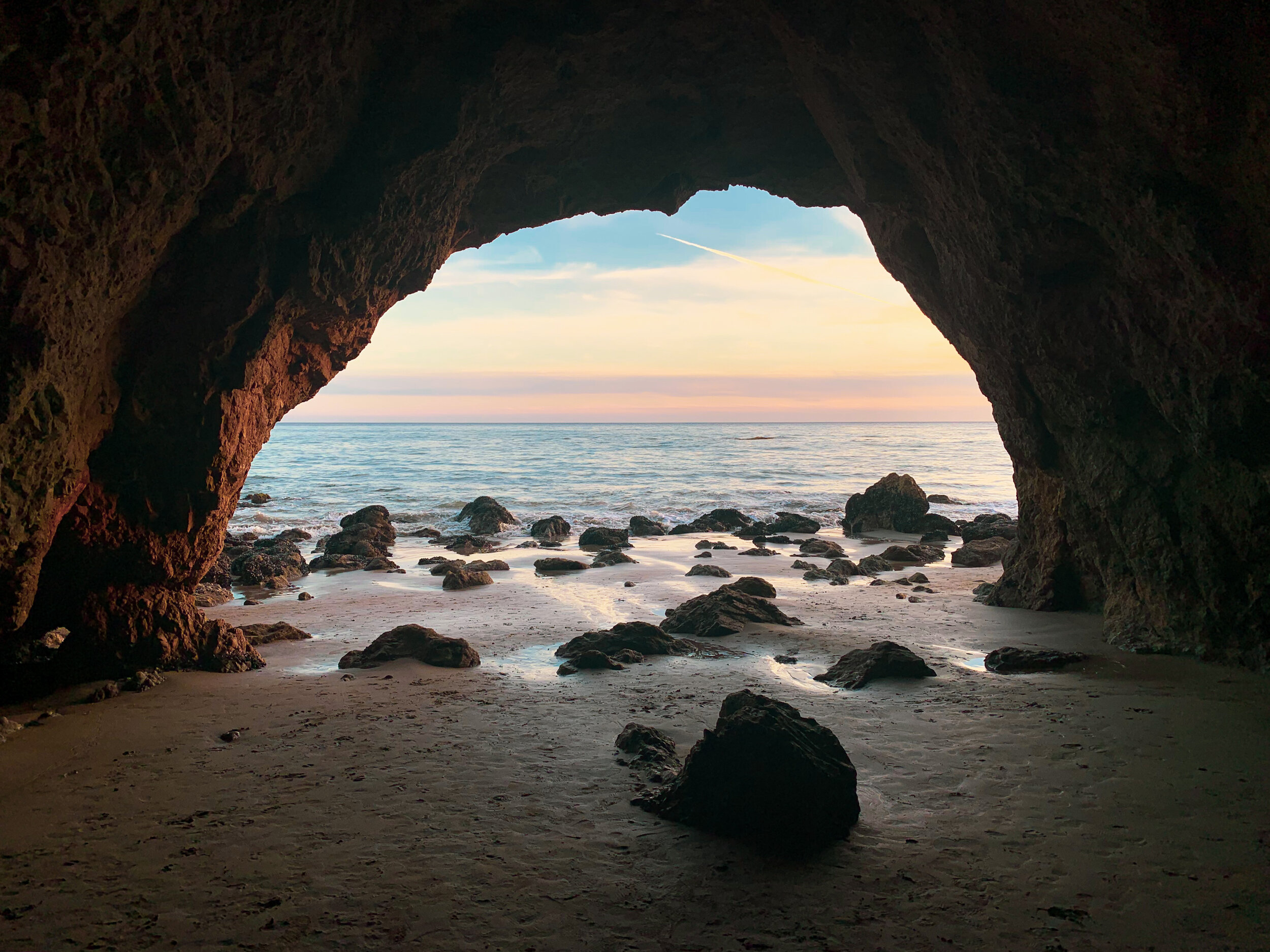When it comes to cities I’ve visited in the US, Philadelphia stands out to me. While New York gets all the hype, and Los Angeles is a summer tourist destination not to be messed with, Philadelphia is easily one of my favorite big cities in the Lower 48.
I visited Philadelphia in the summer of 2018 with my mom and grandparents following a family reunion in Lancaster, PA. While I’m definitely more of a nature girl, I’m also all for saying yes to new experiences, and since Philly was a city I had never been to, I jumped at the chance to go.
Philadelphia truly is the City of Brotherly Love. My mom and I spent the majority of the trip wandering the city streets, and compared to most cities, we felt very safe as a couple of very small female travelers relying on Google Maps for directions. People were incredibly kind, and the tourist attractions didn’t feel super touristy to me. While there’s plenty to do in Philly, here are the things you absolutely can’t miss during your time there.
Itinerary info: This is based on a 5 day trip. All of these activities can easily be fit into a week or less, depending on your travel style.
Standing in front of a fountain at the Philadelphia Museum of Art
Art:
When I visit a big city, one of the main things I like to do to get acquainted with its culture is to visit its art museums. Philadelphia has so many museums, it would be impossible to visit them all in one trip, but these Philadelphia art museums truly stand out.
Philadelphia Museum of Art:
Even if you’re not a fan of art, this museum deserves a spot on your Philadelphia itinerary due to its pop culture significance. This is the spot you’ve been looking for if you’ve been trying to figure out where the Rocky Steps are! Outside this huge museum, you’ll find a statue of Rocky himself, and the steps he runs up in the movie, so don’t be afraid to reenact that famous scene (plenty of people will be doing it).
If you are into art, however, it’s definitely worth a trip inside the museum. This spot reminds me of a combination of the Louvre in Paris and the Getty Center in Los Angeles. This huge building is home to many different styles of art, and is so large, you can easily get lost in its hallways.
Admission to the Philadelphia Museum of Art is just $25 for adults and offers senior and student discounts.
The Barnes Foundation:
If you’re a fan of Impressionist or Post-Impressionist art, The Barnes Foundation is the art museum for you. This smaller Philadelphia museum is perfect for an after-lunch stroll through the halls, and includes multiple rooms full of unique art by your favorite artists (think Van Gogh). This beautiful museum also includes an on-site restaurant and gift shop, and was voted the #1 museum in Philadelphia.
Admission to the Barnes Foundation costs $25 for adults and offers senior and student discounts.
The Rodin Museum
This was one of the spots I was most excited to visit during my trip to Philly because it is one of the only museums in the world to house Rodin’s famous statue: The Thinker. Closest to many of the museums located in Europe, this sculpture museum is home to many of Rodin’s famous pieces, and is one of the only places in the world to see a collection this vast of his work.
Admission to the Rodin Museum is based on a Pay What You Wish principle, but it is suggested that adults pay $12 admission, with student and senior discounted suggested prices. There is also an option for a two-day ticket that gets you into multiple museums in the area.
Running up the Rocky Steps is a rite of passage in Philly!
History:
If you’re visiting Philadelphia, it’s important that you visit at least one place of historical significance so that you can truly get the idea of this city’s foundations. While the city has plenty to see in terms of historical significance, the one spot you cannot miss during a trip to Philadelphia is actually run by the National Park Service, and is known as one of the smallest National Park Service Sites in the country.
The Liberty Bell at Independence National Historical Park
Seeing the Liberty Bell is easily one of the most iconic things to do in Philadelphia. Formerly the State House bell, the Liberty Bell is now located in Independence Hall. This bell has existed as a symbol of Philadelphia since 1751, and took on further historical significance as a symbol of liberty in the 1830’s. Here, you can learn about the city’s history with abolitionists, women’s suffrage, and civil rights, and read the words on the bell for yourself: “Proclaim Liberty Throughout All the Land Unto All the Inhabitants Thereof.”
Admission to Independence National Historical Park is free. This is one of the best things to do in Philadelphia for budget travelers.
You haven’t been to Philly if you don’t take your picture with the Liberty Bell
Culture:
While you might think that no US city could have the culture cities in other countries have, the truth is, each city has its very unique rhythm worth experiencing.
Explore:
My mom and I did a lot of walking during our time in Philly. Truly, walking the streets just looking for interesting things to do is one of the best ways to dive right into a new city. We found unique parks this way, as well as bookshops, statues, and coffee shops.
The Love Statue:
One of the most iconic symbols of Philadelphia is the Love Statue. Known as the City of Brotherly Love, you can’t visit this iconic American city without a picture in front of this quirky statue, located in Love Park. This statue was created by Robert Indiana in 1976, and was briefly taken down in 1978 before popular demand brought it back. Now a symbol of the city, you can’t travel to Philly without seeing this symbol on t-shirts, postcards, and more.
Reading Terminal Market
Easily one of the most bustling places in Philadelphia, the Reading Terminal Market is an indoor street market full of restaurants, food vendors, and souvenir shops. Here, you’ll find merchants selling everything from full-on meals, fresh fruits and veggies, and kitchen essentials, and its fast-paced rhythm is sure to pull you in as you experience this little corner of Philadelphia for yourself.
The Love Statue truly is a symbol of Philadelphia
Vegan Food:
I am vegan, so I will not promote any restaurants directly that support animal cruelty. The good news is, these spots are so tasty, anyone would love them (and you might not even be able to tell the difference!).
Hip City Veg
Hip City Veg is one of the best convenient vegan restaurants I’ve ever been to. Located only in Philadelphia and Washington DC, Hip City Veg was so good, we had to go back a second time, and I even ended up buying a souvenir t-shirt from them. This vegan spot is known for burgers, salads, and milkshakes, and my mom and I made a huge point to order different things every time so that we could try more of their amazing menu.
Tip: Make sure you get a milkshake, and ask if they can do half chocolate and half vanilla (they can, but it might not be on the menu!). Also their Kale Lemonade is to die for!
V Street:
If you’re looking for a nice sit-down restaurant to indulge in during your time in Philadelphia, this is the spot for you. V Street is a share-style restaurant where you order multiple small plates, which come out one at a time, and share them with your table. The service here was absolutely amazing, and we loved everything we ordered. They even brought us an extra dish when we said we were visiting from California!
Grindcore House:
A little off the beaten path, this was one spot we had to take a Lyft to because it was just a little too far from our hotel. Worth the extra miles, Grindcore House is a cute little hole-in-the-wall coffee house that specializes in vegan coffee and pastries. The staff was awesome about recommending the right milk for the drinks we ordered, and the punk atmosphere makes for one of the most unique Philly experiences we had while in the city.
Coffee and pastries at Grindcore House, Philadelphia, PA
Getting Around:
Philadelphia is a fairly walkable city. We walked nearly everywhere we went, as nothing was too far from our hotel, which was in the center of the city. The streets are a bit confusing at first, but you’ll quickly get the hang of it, and Google Maps is your friend!
Lyft and Uber are also available for any spots that are just a little too far to walk, and there is public transport as well, although we found we didn’t need it during our time there.
Another option, if you don’t want to walk, is to take a tour bus. Now, this is not my favorite way to see a city, but it’s great if you’re traveling with young kids or grandparents who might not be able to walk as far. All of the art museums are part of the hop on hop off bus route, and you’ll get a fairly comprehensive tour of the city when you take one of these buses as well.
Modern art at the Philadelphia Museum of Art
When planning a visit to Philadelphia, there are a few things you just can’t miss. From Independence National Historical Park to amazing food, and unique culture, the City of Brotherly Love has a little something for every type of traveler. But don’t hesitate to just let the sidewalks tell you where to go—letting your soul do the wandering is half the fun!



















































